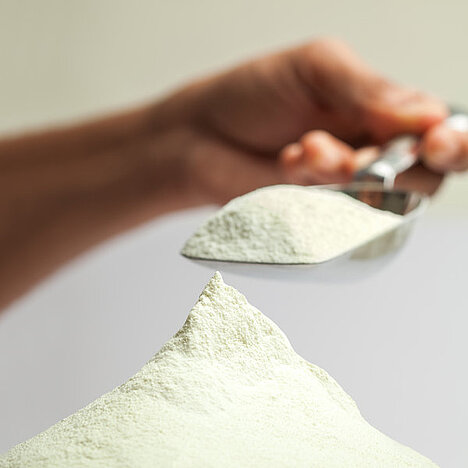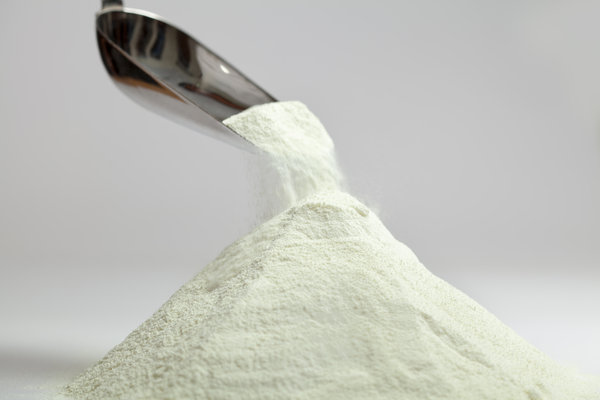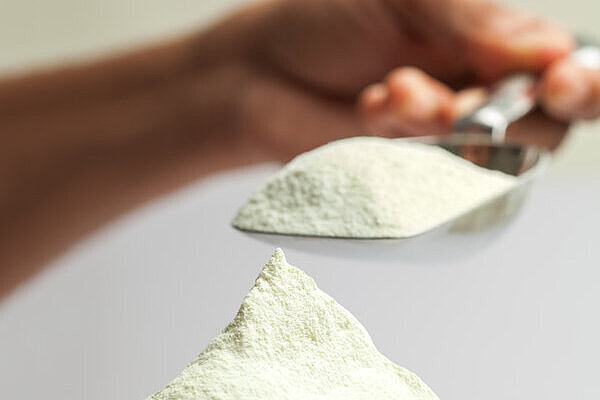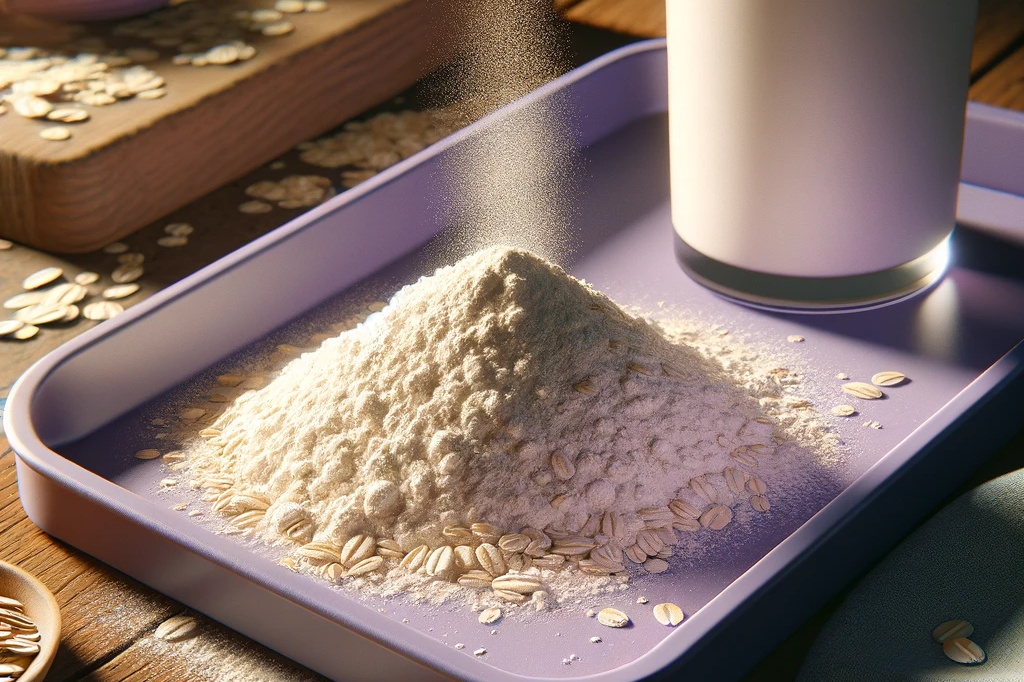Milk powder

What is milk powder?
Milk powder is a product made by evaporating the water from milk. The solid components of the milk, such as protein, fat, carbohydrates, vitamins and minerals, are retained. The advantage of milk powder is that it has a longer shelf life than fresh milk and takes up less space. It can also be re-dissolved with water to make liquid milk as required.
There are various types of milk powder, which differ in their fat content and processing. For example, there is whole milk powder, skimmed milk powder, buttermilk powder or goat's milk powder. Depending on the type, the taste, color and solubility of milk powder can vary.
Is milk powder healthy for dogs?
Powdered milk can have both advantages and disadvantages for dogs. One advantage is that milk powder is a good source of calcium, which is important for strong bones and teeth. Milk powder also contains protein, which is necessary for muscle development and regeneration. Another advantage is that milk powder is easy to digest and can soothe the gastrointestinal tract.
One disadvantage of milk powder is that it contains lactose, i.e. milk sugar. Many dogs are lactose intolerant and cannot digest lactose properly. This can lead to diarrhea, flatulence or abdominal pain. Another disadvantage is that milk powder contains relatively high levels of fat and calories. This can lead to obesity or other health problems if fed in excessive quantities.
How can you use powdered milk for dogs?
Powdered milk can be used for dogs in various ways. For example, it can be mixed with water to make liquid milk and offered as drinking water. However, this should only be done occasionally and in small quantities to avoid digestive problems. You should also make sure that the milk is not too warm or too cold.
Another option is to use powdered milk as an ingredient for homemade dog cookies or cakes. However, you should make sure that you do not use any other ingredients that are harmful to dogs, such as chocolate, raisins or nuts. The same applies here: only feed in moderation!
A third option is to use milk powder as a food supplement. This can be useful, for example, if the dog suffers from a calcium deficiency or needs an increased protein intake. However, you should always ask your vet for advice and follow the dosage exactly.
Powdered milk can be a tasty change for dogs, which also has some health benefits. However, it should only be fed in small quantities and attention should be paid to possible intolerances.
If you notice any signs of hypersensitivity or poisoning in your dog, you should see your vet immediately. We are not a substitute for a vet, but we try to be as accurate as possible. Every dog reacts differently and we recommend you get a second opinion or consult your vet if in doubt.
Stay healthy and take good care of your four-legged friend!😊
Similar to Milk powder
Skimmed milk powder is a dairy product made by removing water and fat from milk. It has a lower energy content than whole milk and contains fewer fat-soluble vitamins. However, it has a longer shelf...
Whole milk has a water content of around 87.5%. This is reduced to around 3% for powder production (non-free water). Around six to seven liters of milk are required to produce one kilogram of whole...
Almond milk powder is made by removing water from liquid almond milk until a dry, storable powder is obtained. This powder can be rehydrated with water if required to produce a milk-like liquid that...
Oat milk powder is made from whole grain oats that are first soaked in water, then ground and finally dried into a fine powder. This powder can then be mixed with water to make oat milk or used...



